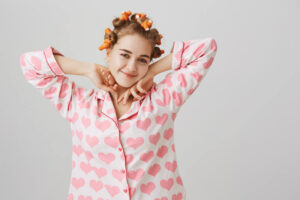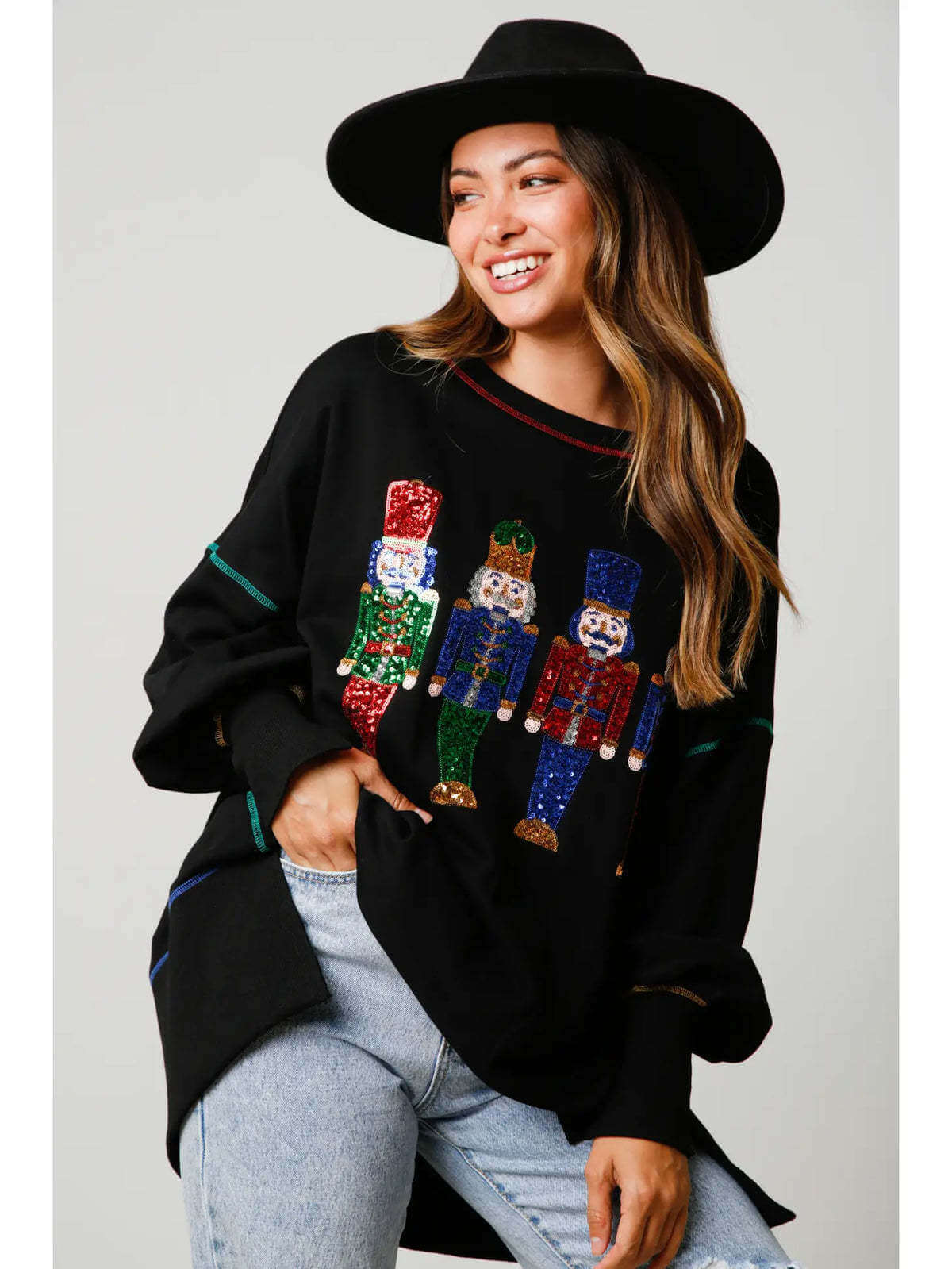The wholesale women’s clothing business is not for the faint of heart. It’s fast, unforgiving, and fiercely competitive. But it’s also an industry that rewards foresight. If you know where fashion is headed, you can buy smarter, sell faster, and win loyalty from retailers who are hungry for an edge.
This report reveals the seven most powerful trends shaping wholesale women’s fashion. These aren’t passing fads. They are seismic shifts driven by consumer values, lifestyles, and purchasing behavior. Ignore them, and you risk irrelevance. Act on them, and you position your business to thrive in the seasons ahead.
1. Sustainable Fashion: From Buzzword to Business Imperative
Not long ago, “eco-friendly” clothing was dismissed as a niche. Today, it is a mainstream demand. Consumers—especially the young—will reward brands that use organic cotton, bamboo, recycled polyester, or Tencel. They want transparency, ethical sourcing, and proof. Certifications like GOTS and Fair Trade aren’t optional—they’re tickets to credibility.
For wholesalers, the message is blunt: stock sustainable products or be left behind. Partner with factories that practice waterless dyeing, zero-waste cutting, and upcycling. Then tell that story with clarity. Show buyers not just what you sell, but why it matters.
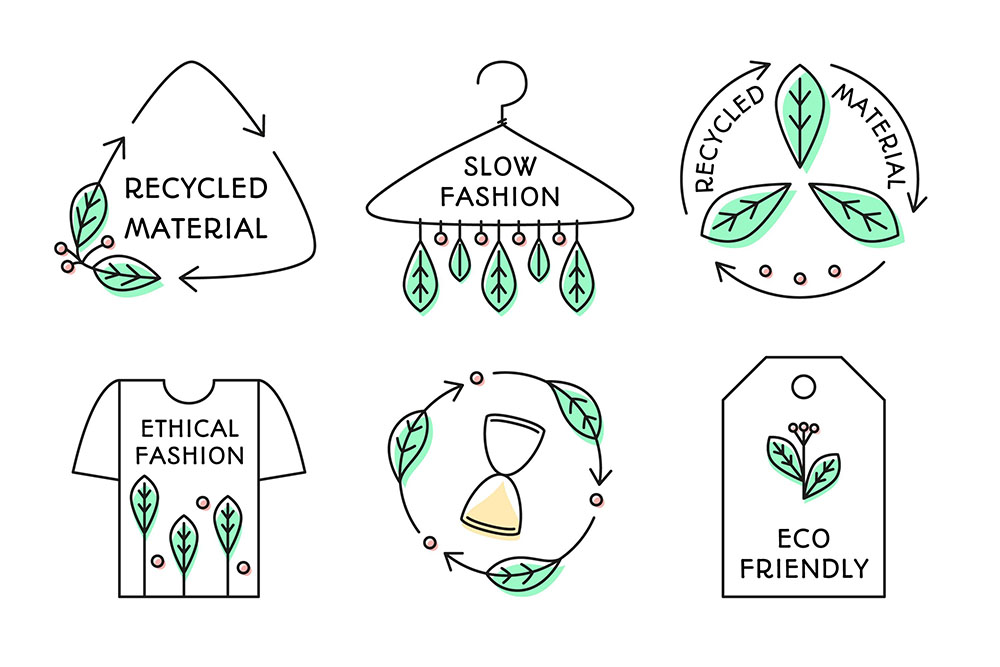
2. Vintage Revival: Yesterday’s Styles, Today’s Profits
Fashion is a wheel that always turns back. Shoulder pads, high-waisted denim, boho chic, mod mini-skirts—these are not museum pieces. They’re bestsellers once more. But successful vintage revival is not replication. It’s reinterpretation.
Offer retailers collections that feel nostalgic yet relevant. A ‘70s dress cut from sustainable fabric. A ‘90s denim jacket modernized with new fits. Above all, stay authentic. Consumers know the difference between inspired homage and cheap imitation.
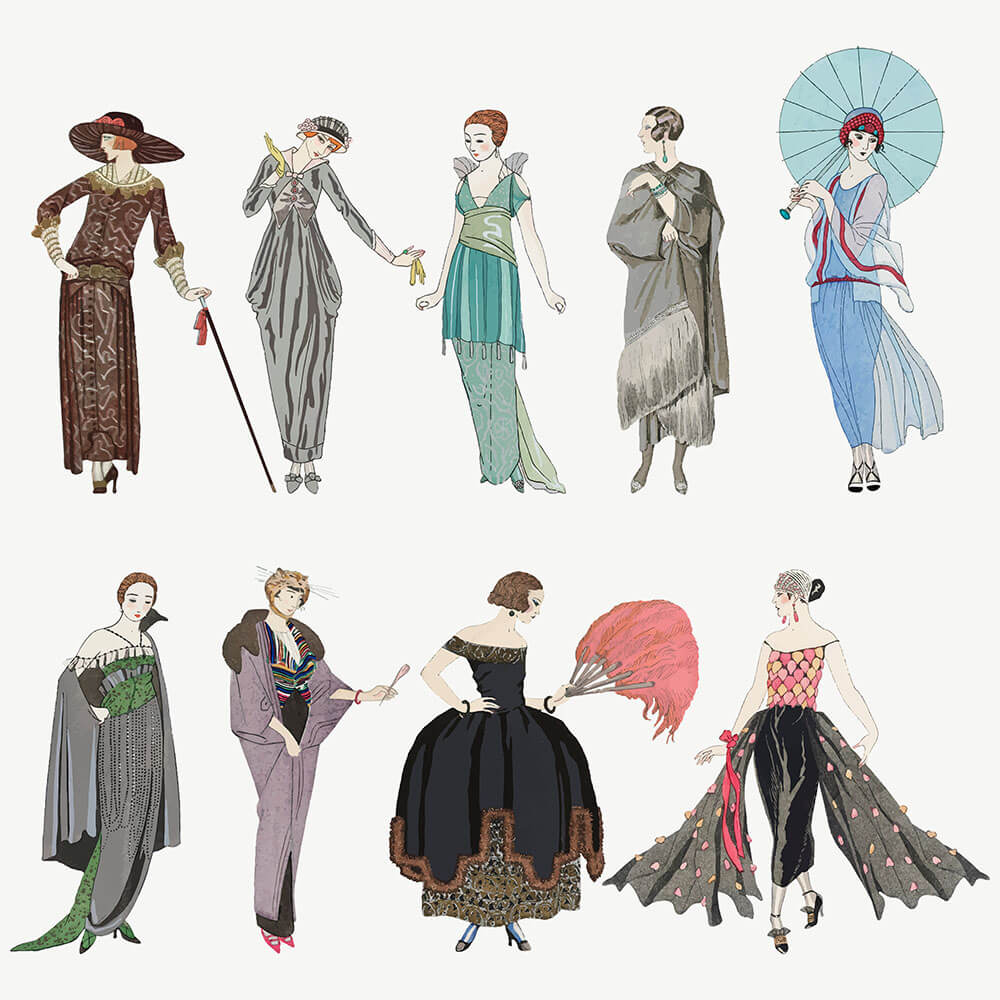
3. Minimalism: Less Is Selling More
Minimalism isn’t about being plain. It’s about being purposeful. Clean lines, neutral palettes, impeccable tailoring. These pieces are timeless, versatile, and—most importantly—profitable because they never go out of style.
If you’re wholesaling minimalist fashion, make quality your gospel. Offer capsule collections retailers can sell season after season. Remember: the minimalist customer buys fewer pieces, but at higher value. That means margins worth protecting.
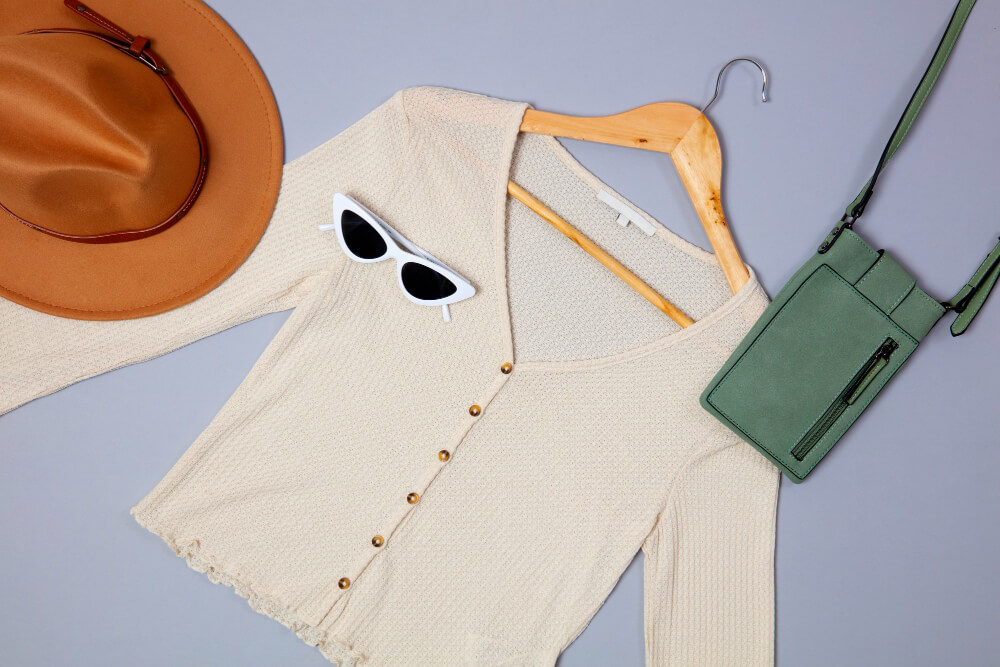
4. Functional Fashion: Style That Works Overtime
The woman who buys today’s clothing doesn’t live in one lane. She works, she exercises, she travels. She wants garments that flex with her life. Enter functional fashion—athleisure and utility-inspired apparel.
Think moisture-wicking leggings that look good in yoga class and at brunch. Cargo jackets that blend practicality with flair. Fabrics that stretch, breathe, and last. These products solve problems while looking sharp. Solve problems and you’ll always have a market.
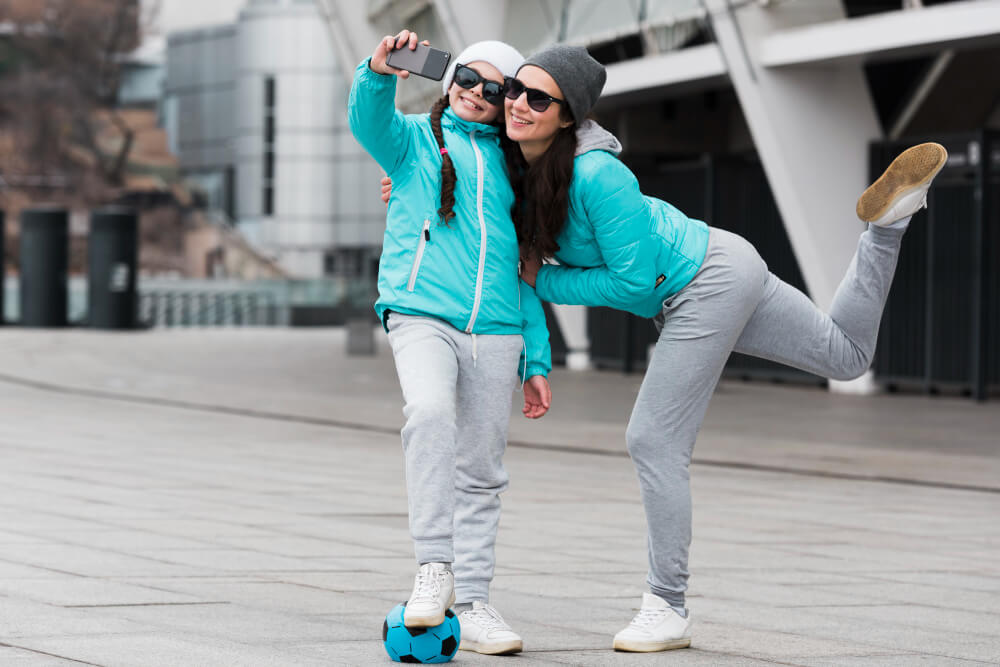
5. Customization and Personalization: The New Luxury
Mass production no longer satisfies the modern consumer. She wants her initials embroidered on her jacket. She wants to pick the color of her blouse, the cut of her dress, the print on her hoodie. Customization turns clothing into identity—and identity sells.
For wholesalers, offering personalization can be the key to loyalty and premium pricing. Invest in technology that makes it scalable. Tell your buyers: with us, your customer won’t just buy a garment—she’ll buy herself in fabric form.

6. Vibrant Colors and Bold Patterns: Confidence on Display
In uncertain times, people dress boldly. Vivid reds, sunny yellows, electric blues. Leopard spots, florals, polka dots, and abstract prints. These pieces grab attention in-store and online. They make fashion fun again.
Stock bold collections, but balance them with timeless staples. Retailers want products that pull shoppers through the door—and colors and patterns do that better than anything else.
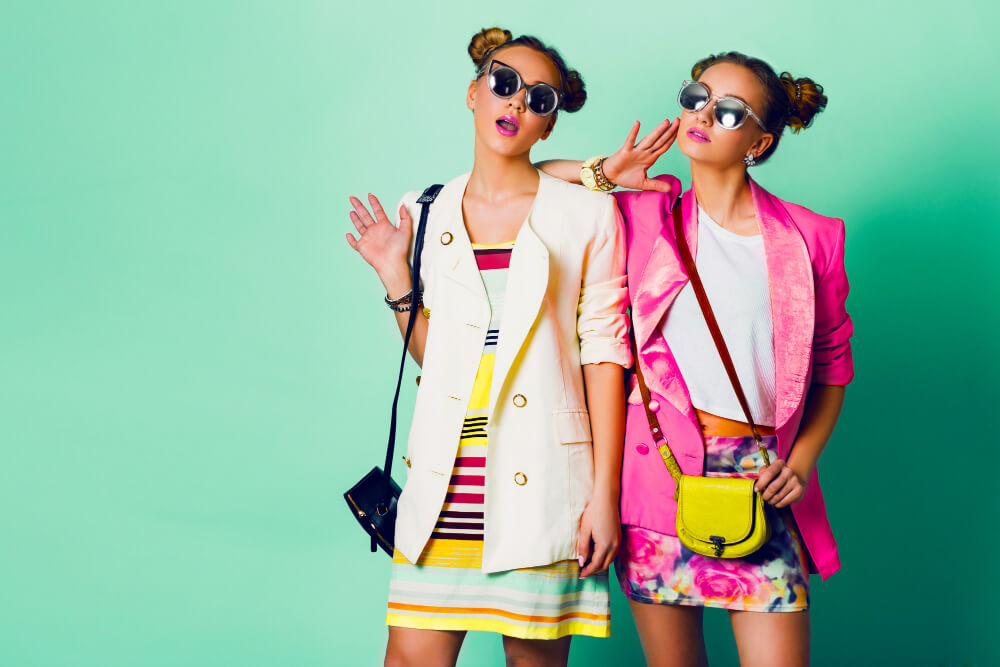
7. Mix and Match Styles: Fashion as Play
The modern wardrobe is not rigid. It’s modular. Women want to layer, combine, and reinvent their outfits daily. This trend thrives on versatile basics paired with strong statement pieces.
Wholesalers who provide “building blocks” for creativity win twice: their garments sell quickly, and customers return for more. Support your retailers with lookbooks and styling guides. Show them how to make your clothes sell each other.
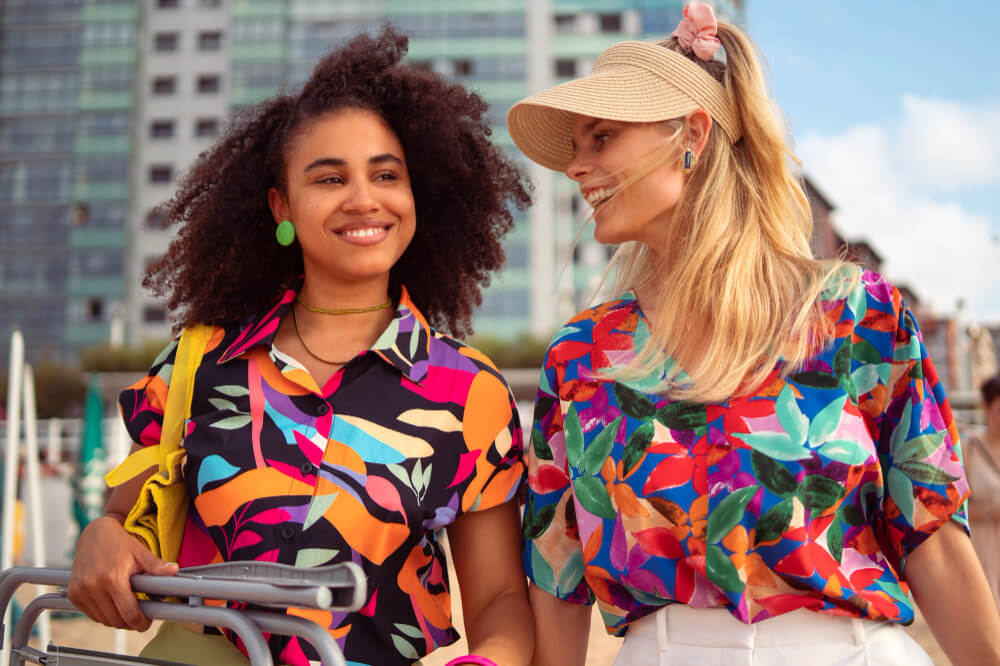
The Bottom Line
The wholesale women’s clothing industry will never stand still. But certain truths endure: buyers want products that are profitable, customers want clothing that is personal, and the brands that thrive are those that stay two steps ahead of the curve.
Sustainability, vintage, minimalism, functionality, personalization, vibrancy, and mix-and-match versatility—these are not optional experiments. They are the map of where women’s fashion is heading.
The choice is yours: adapt, or be forgotten.

